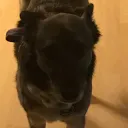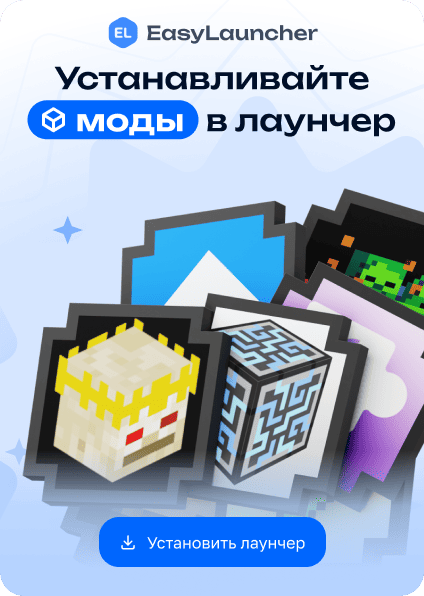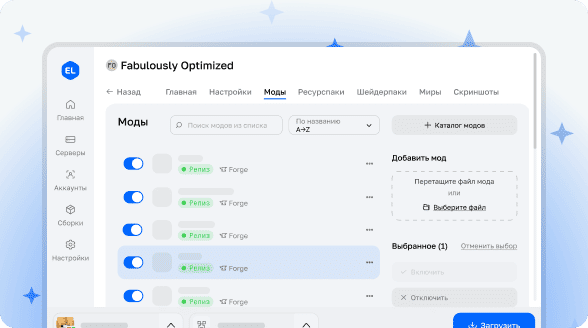

OpenComputers 2: Reimagined
OpenComputers 2: Reimagined is a fork and continued development of the OpenComputers II modification, originally created by developer Sangar, adapted for modern versions of Minecraft. This modification serves as the spiritual successor to the original OpenComputers.
Architecture Features
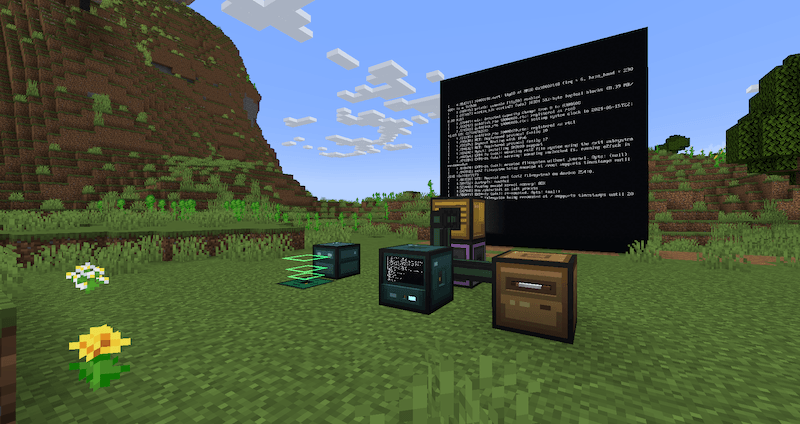
As with the original OC2, computers are based on the RISC-V emulation layer called Sedna, which can be found as a library. Sedna was written by Sangar entirely in the Java language.
Current Development Status
This fork is under active development and has a number of unresolved issues. To fix all shortcomings, we will need community help in identifying errors, so if you discover any problems, please report them.
Mod Platform Support
Currently, the mod only supports Forge, but there are plans to transition to Architectury with simultaneous support for both Fabric and Forge.
Important Information for Server Owners
Currently, it is not recommended to use this mod on servers without understanding some features. Firstly, there is limited configuration for maximum resource usage, so with a large number of players or even one player with multiple computers, RAM consumption and computational power may quickly increase. Additionally, the mod is still in beta version and not quite ready for use on large servers.
Functional Capabilities
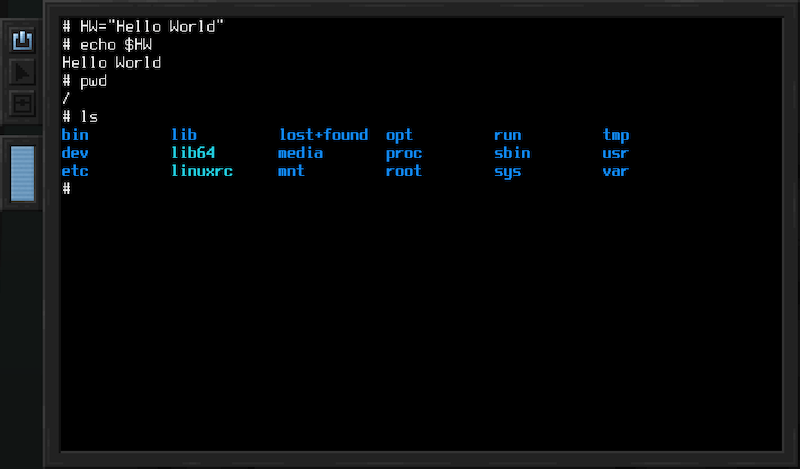
The mod provides stationary computers and mobile robots. Computers can connect to other in-game devices via bus cables and expansion cards, while robots can move through the world and interact with it through installed modules. Computers can communicate with each other using network cards and cables.
To start working with the mod, it is highly recommended to create "The Computerist's Handbook" - an in-game manual item containing information about all blocks, instructions for building the first computer, and much more.
By default, computers and robots consume energy (RF/Forge Energy), so it is recommended to use this mod in combination with at least one other mod that provides energy generation. For testing in creative mode, the mod provides an infinite energy cube.
Operating System and Programming
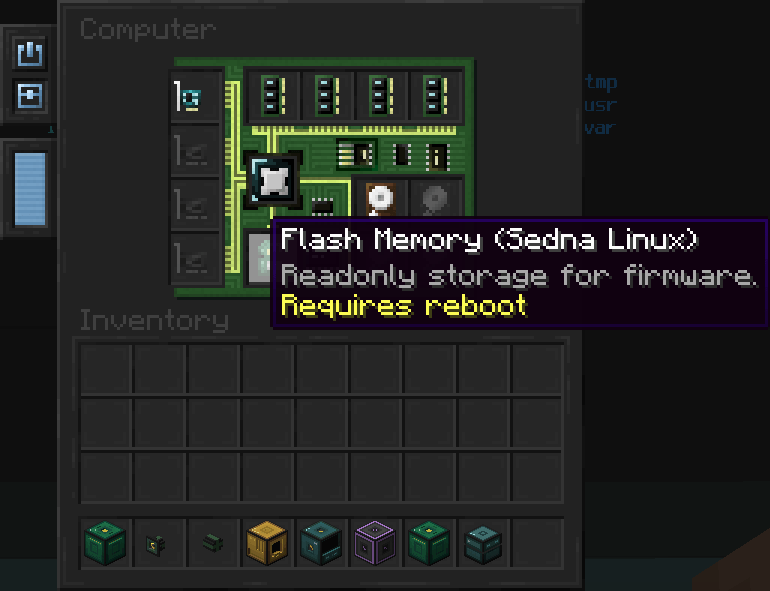
Linux is used as the default operating system. It comes with a set of well-known utilities, such as text editors vi and nano. Buildroot is used to create kernel and root filesystem images.
For convenient script writing, the Lua language is also included. Many Minecraft-specific devices, such as inventories, the redstone interface block, and general mod compatibility, use a high-level API intended for use through Lua. This simplifies both adding integrations with other mods and using these APIs when writing scripts in the game.
Here is an example code that sends a redstone signal through the redstone interface device:
require("devices"):find("redstone"):setRedstoneOutput("up", 15)Modular System
Computers and robots can be configured using various devices. Common device types include memory (RAM), firmware, processors, and hard drives. Computers additionally allow installation of expansion cards, such as the network interface card, while robots support installation of modules, such as the block operations module, which allows robots to break and place blocks.
